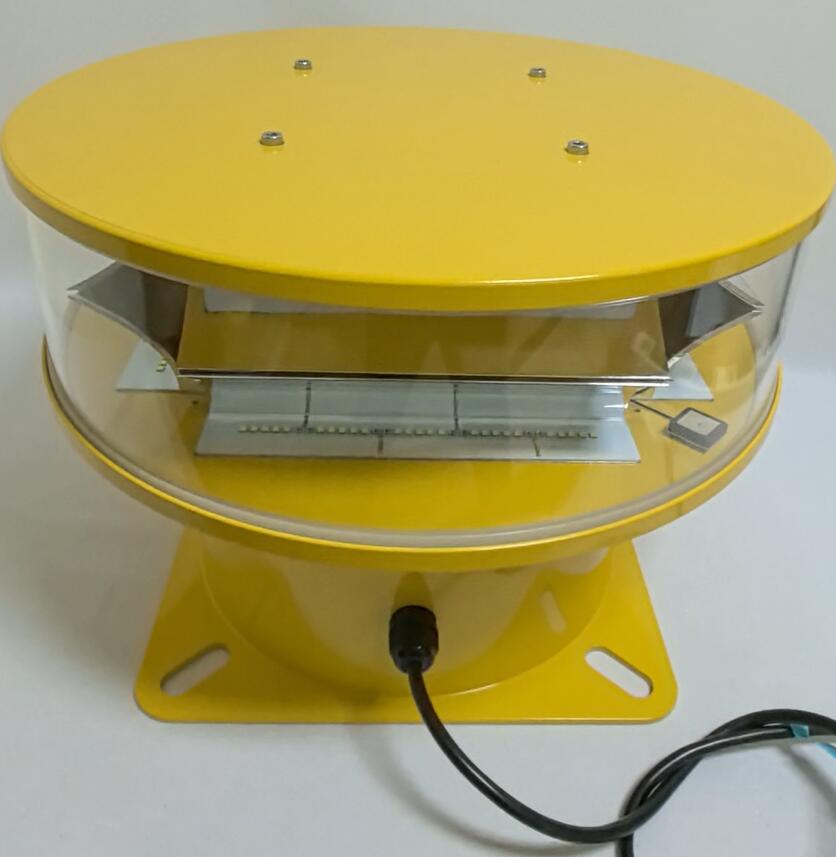The skies above us are a complex and busy domain, with countless aircraft traversing through them. To ensure the safety and smooth operation of flights, various safety measures are in place, and aircraft obstruction warning lights are among the most significant.
These lights are strategically placed on structures that could pose a threat to flying aircraft. Tall buildings, communication towers, and industrial chimneys are just a few examples of the obstructions that require these warning lights. The primary function of aircraft obstruction warning lights is to make these structures visible to pilots, especially during low-visibility conditions such as at night, in fog, or during heavy rain.
The design and characteristics of these lights are carefully crafted. They are usually bright and have a specific color pattern. Red is a commonly used color as it stands out well against the backdrop of the sky and is easily recognizable. Some lights may also be white or a combination of colors. The intensity of the light is also crucial. High-intensity lights are often installed on taller or more critical obstructions to ensure they can be seen from a greater distance.

There are different types of flashing patterns for these warning lights. Steady-burning lights provide a continuous indication of the obstruction's presence. However, flashing lights are more attention-grabbing. For example, a slow-flashing red light might be used to mark a relatively stationary and less critical obstruction, while a rapid-flashing white light could be employed for a more prominent or potentially movable object. This variety in flashing patterns helps pilots quickly assess the nature and location of the obstacle.
| Aircraft Obstruction Warning Lights | SA3 |
In addition to their visibility-enhancing role, aircraft obstruction warning lights also contribute to air traffic management. They assist air traffic controllers in guiding pilots and ensuring that flight paths are clear of potential hazards. When a pilot spots an obstruction warning light, they can take appropriate evasive action or adjust their flight route accordingly.
The installation and maintenance of these lights are subject to strict regulations. Aviation authorities around the world have set specific standards regarding the height at which lights should be installed, their luminosity, and the angles at which they should be visible. Owners of structures with these lights are responsible for regular inspections and prompt repairs. Any malfunction or outage of an aircraft obstruction warning light could have serious consequences, potentially leading to a collision between an aircraft and the unmarked obstruction.
As technology advances, so do aircraft obstruction warning lights. Newer versions may incorporate energy-efficient LED technology, reducing power consumption while maintaining high visibility. Some may also have built-in sensors that can detect changes in weather conditions and adjust the light intensity automatically. There is also research into developing smart warning lights that can communicate with aircraft navigation systems, providing real-time information about the obstruction's location and characteristics.
In conclusion, aircraft obstruction warning lights are an essential component of the aviation safety ecosystem. They serve as beacons in the sky, guiding pilots and safeguarding the integrity of air travel. Their proper installation, regular maintenance, and continuous technological innovation are vital to keep pace with the growing demands of the aviation industry and to ensure that the skies remain a safe and efficient corridor for all who travel through them.